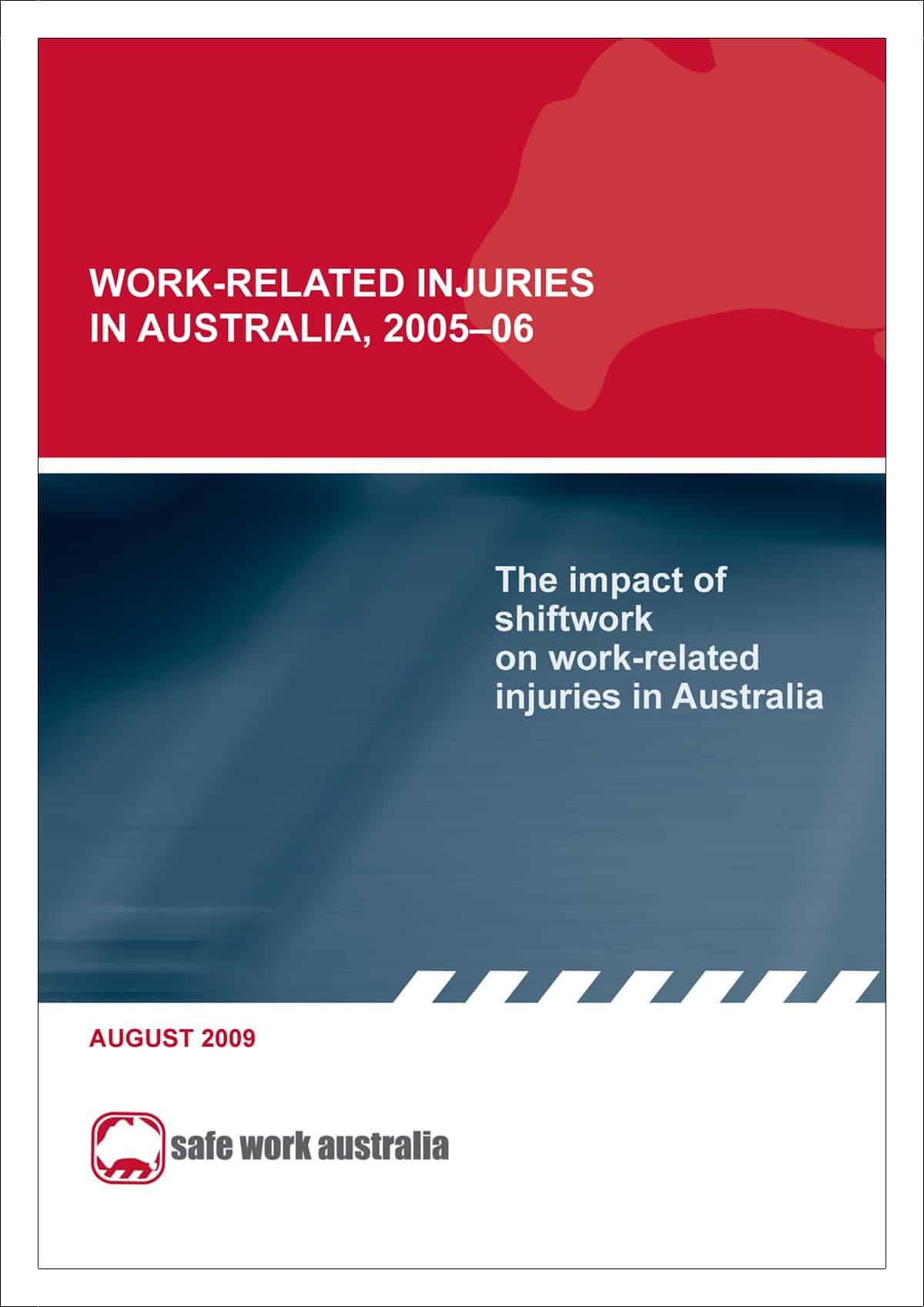The New Zealand of Department of Labour is continuing its negotiations on new exposure levels for formaldehyde.
The latest proposed exposure levels for formaldehyde are 0.3 ppm (8 hour TWA) and 0.6 ppm (STEL). Currently the levels in New Zealand are 1ppm (ceiling).
According to US OSHA, it’s exposure standard is
1910.1048(c)(1)
TWA: The employer shall assure that no employee is exposed to an airborne concentration of formaldehyde which exceeds 0.75 parts formaldehyde per million parts of air (0.75 ppm) as an 8-hour TWA.
1910.1048(c)(2)
Short Term Exposure Limit (STEL): The employer shall assure that no employee is exposed to an airborne concentration of formaldehyde which exceeds two parts formaldehyde per million parts of air (2 ppm) as a 15-minute STEL.
WorkSafe BC says
BC‘s current 8-hour TWA of 0.3 ppm is well below levels capable of causing adverse health effects and protects the worker from the pungent, unpleasant odour of formaldehyde.
NZ DoL is also discussing dropping there exposure levels for soft wood dust from 5mg/m3 to 1mg/m3.
The cancer risks of formaldehyde have been investigated over some time and the weight of evidence shows that this chemical is a probable human carcinogen.



